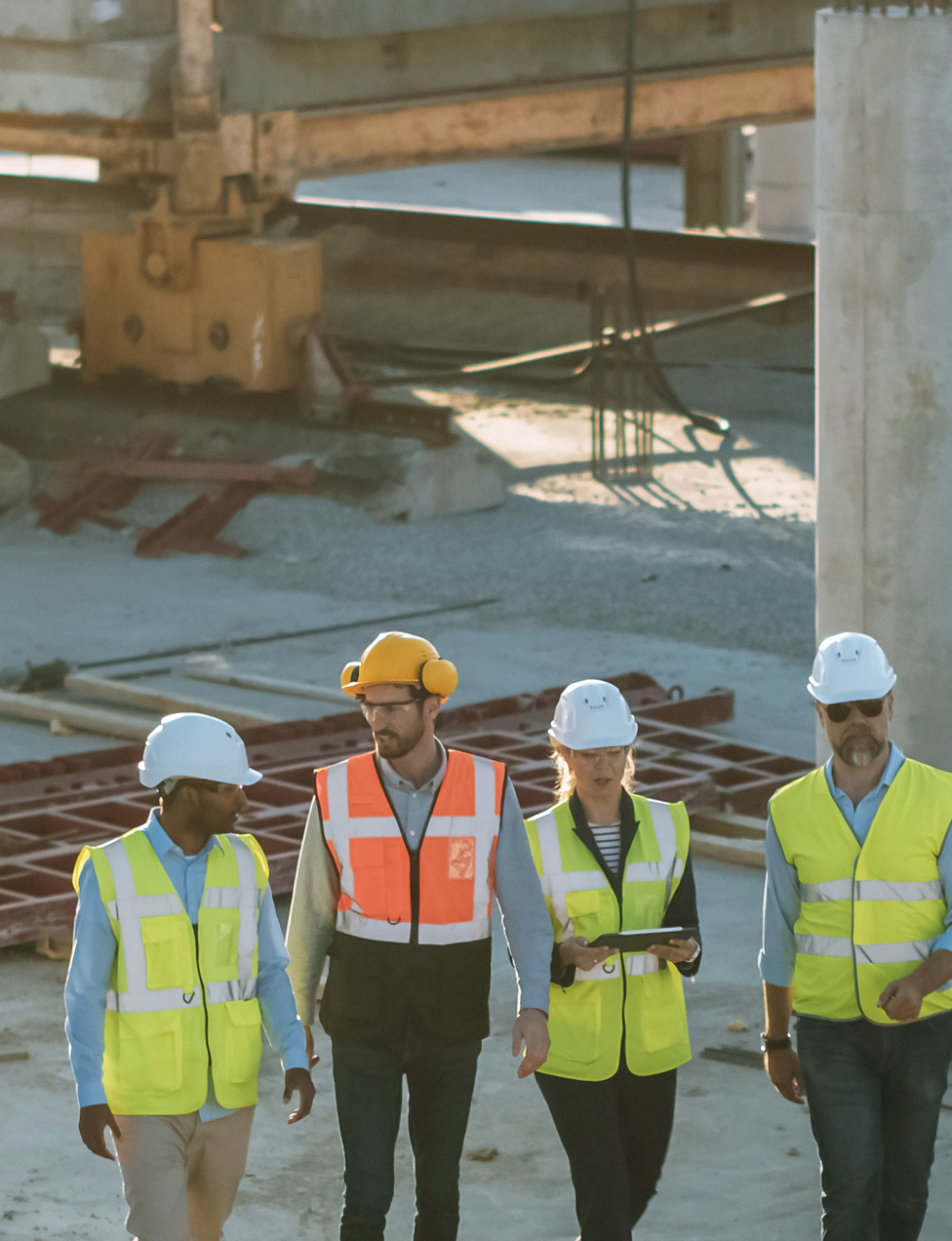Intelligent Investment
2022 U.S. Construction Cost Trends
Rising prices for labor and materials pressuring construction costs
July 6, 2022 30 Minute Read

Executive Summary
- A confluence of events—including soaring construction demand, inflation, pandemic-related restrictions, supply chain disruptions, labor shortages and the war in Ukraine—are spurring rising costs and uncertainty across the construction industry.
- CBRE’s new Construction Cost Index forecasts a 14.1% year-over-year increase in construction costs by year-end 2022 as labor and material costs continue to rise. Escalation should stabilize to the 2%-4% range in 2023 and 2024, on par with historical averages.
- Overall cost inflation for materials is expected to begin cooling by the end of 2022 and largely return to typical levels by mid-2023. However, given the large number of construction inputs—many of which are often subject to geopolitical risks such as tariffs and sanctions—costs for some materials may remain volatile.
- Supply chain-related disruptions should begin to ease, but ongoing global labor and component shortages will hamper production and logistics capacity. As a result, long lead times and material shortages will likely continue in the short term.
- The construction industry faces numerous labor challenges, including a smaller talent pool in the aftermath of the Great Recession, an aging workforce—one in five workers is currently older than 55—and strong competition from other industries like logistics.
- Labor shortages are expected to persist for the near term, increasing wage pressure. Because construction wage growth has lagged the national average through the pandemic, construction labor escalation is likely to be higher in 2022.
- As demand for new construction projects increases, contractors may be able to pass along higher input costs. The extent to which this happens will depend on how many builders delay or cancel projects due to concerns over input prices, rising interest rates and economic uncertainty.
- Despite headwinds, construction demand is expected to remain strong for the near term. Although the possibility of an economic downturn should be taken seriously, considerable pent-up demand for new construction—including a nationwide housing shortage—and government infrastructure projects should largely sustain activity. As contractor backlogs grow, margins should increase, pushing up total construction costs.
Looking for a PDF version?
Related Insights
Related Services
- Design & Build
Cost Advisory
We empower clients to plan and control spending, estimate project costs, manage risk, eliminate waste, and identify tax and procurement process savings.
- Design & Build
Project & Program Management
Deliver projects seamlessly with an integrated team that manages everything from schedules and budgets to the entire construction process.
- Design & Build
Buildings & Systems
Design and commission all aspects of your building, including systems, envelope and structure using the latest facilities best practices.
- Design & Build
Supply Chain Sourcing
Leverage our global scale and buying power to get the best pricing with Partner Excellence Program, our proprietary supply chain sourcing technology.
- Design & Build
Principal Delivery
Our teams deliver every aspect of your project or program, from managing contracts with the construction supply chain to taking on full health and saf...
- Design & Build
Move & Decommissioning
Manage your complex relocation, decommissioning and dilapidation projects with a consistent approach focused on minimal downtime and zero disruption.
Insights in Your Inbox
Stay up to date on relevant trends and the latest research.







